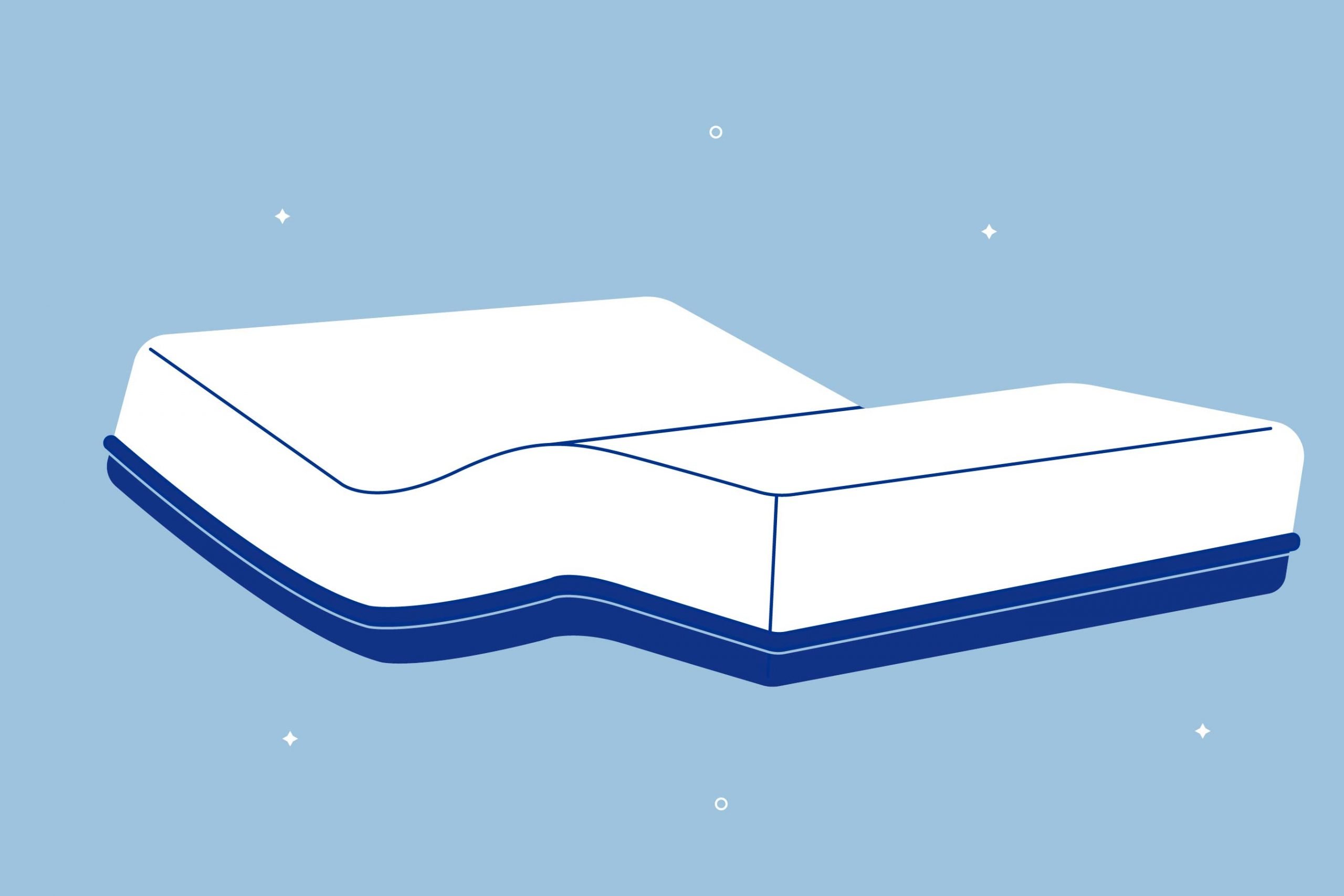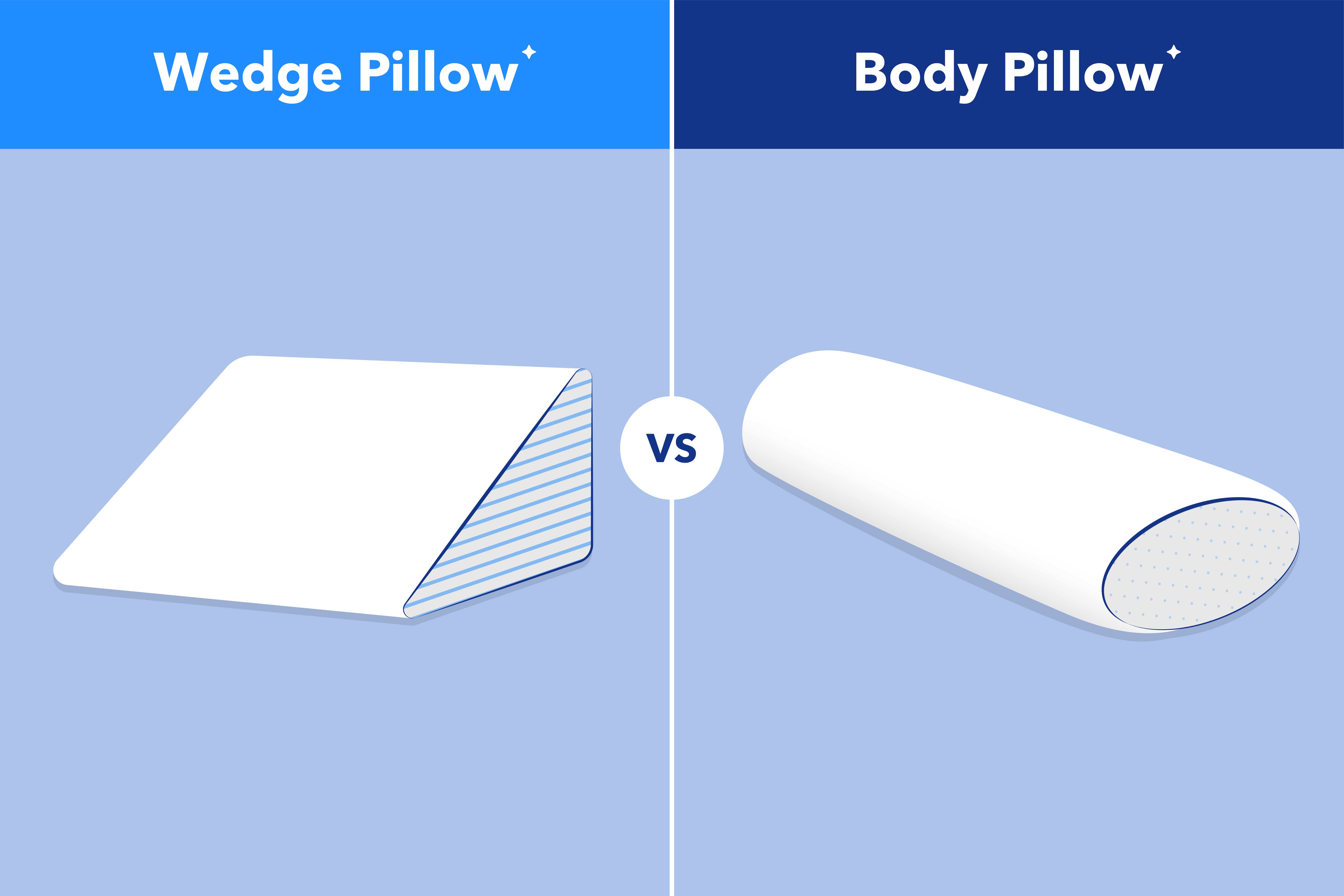Key Takeaways
- A worn-out box spring can significantly impact your mattress’s comfort and support, leading to sleep discomfort and reduced mattress longevity.
- Regular inspection of your box spring is crucial for identifying signs of wear and tear, such as sagging, creaking, or visible damage, indicating the need for a replacement.
- Modern mattress options and alternative bed bases, such as memory foam mattresses, platform beds, and adjustable bases, can provide excellent support without the need for a traditional box spring.
After a long day, most people dream of sinking into a cozy bed that feels like a fluffy cloud. If your mattress foundation feels less comfortable than it used to, don’t panic – the traditional mattress might not be the culprit.
Instead of wondering whether you need a new mattress, ask yourself, “Can a bad box spring ruin a mattress?” Under certain conditions, the answer is yes.
Over time, a bad box spring can turn even the most high-quality mattress into an uncomfortable sleeping surface. Box springs play a crucial role in keeping your mattress in good shape by providing a stable foundation, absorbing shock, and reducing wear and tear.
To check if your box spring is ruining your mattress, look for signs of wear and tear, such as visible damage, creaking noises, or a sagging mattress with visible indentations.
Investing in a high-quality box spring that matches your mattress size and provides adequate support can extend the life of your mattress and improve your sleep quality.
Can a Worn-Out Box Spring Make Your Mattress Uncomfortable?
A box spring elevates your mattress, provides a supportive foundation, and adds extra bounce to mattresses that need it. However, a worn-out box spring can make even a brand-new mattress feel uncomfortable.
When the infrastructure of a traditional box spring breaks down, it can cause noticeable changes in your mattress, ultimately affecting your comfort level.
A faulty box spring may lead to several issues for your mattress, such as:
- Loss of support
- An uneven surface
- Mattress sagging and lumps
- An unstable foundation
- Inadequate airflow
High-quality box springs, when well-maintained, can last up to a decade, about on par with how long a mattress lasts on average.
However, even the best box springs can lose their structure over time and leave you needing to replace a mattress prematurely.
Signs Your Box Spring Needs Replacing
If your mattress feels less comfortable than it should, it’s time to inspect your box spring. But what should you look for?
Here are some signs that your box spring may be past its prime:
- Bent or damaged steel grid
- Loose metal springs
- Warped or broken wood framing
- Bowing, sagging, or dipping in the middle
- Creaking or groaning sounds when moved, particularly if you’ve taken other steps to fix a squeaky bed
With these warning signs in mind, you can usually determine the condition of your box spring yourself. If you’re still unsure, use your best judgment or consult an experienced mattress expert for their opinion.
How to Fix a Failing Box Spring
If your box spring is no longer providing adequate support for your bed and affecting your sleep quality, it may be time to consider a replacement.
Regardless of whether you have a new or old mattress, the first step is to assess whether a box spring is necessary or if you can manage without one. Some modern bed frames and mattresses are designed to function well without the need for a box spring, and there are plenty of options available.
If you determine that extra support is essential for your setup, consider the following options:
- Replace the box spring: Investing in a new, high-quality box spring can provide the support your mattress needs and extend its lifespan.
- Opt for a platform bed: Platform beds are different from panel beds, and they feature a solid, flat surface that can support your mattress without the need for a box spring.
- Try a bunkie board: A bunkie board is a thin, solid board that can be placed between your mattress and bed frame to provide extra support and stability.
By addressing the issue of a failing box spring and exploring alternative solutions, you can ensure that your bed remains comfortable and supportive, promoting a good night’s sleep.
Mattress Options That Don’t Require a Box Spring
Sleeping without a box spring might feel strange at first, especially if you’re accustomed to using one. However, many modern mattresses are designed to provide excellent support on their own, particularly those with fewer or no coils at all.
Hybrid Mattresses
A hybrid mattress is a combination of memory foam, gel-infused padding, and a steel coil support system. These mattresses are designed to offer exceptional comfort without the need for a box spring.
Memory Foam Mattresses
Memory foam mattresses are known for their ability to mold to your body shape as you sleep. Due to their shock-absorbing properties, memory foam mattresses generally don’t require the extra bounce provided by a box spring.
Gel Foam Mattresses
Gel mattresses incorporate technologically advanced gel throughout the mattress, offering unique heating and cooling options. This type of mattress can provide the airflow benefits of a box spring without the added bulk.
Latex Mattresses
Latex mattresses, made from natural or synthetic latex foam, offer durability, responsiveness, and natural cooling properties. They provide excellent support and pressure relief by conforming to the body’s contours.
Alternative Bed Bases
If you decide to forgo the box spring, there are several alternative bed bases that can provide the necessary support for your mattress:
- Platform Beds: Platform beds feature a solid, flat surface that can support your mattress directly, eliminating the need for a box spring that a panel bed has.
- Adjustable Bases: An adjustable base allows you to customize the position of your mattress for optimal comfort and support.
- Slatted Bed Frames: Bed frames with closely spaced slats can provide adequate support for your mattress without the need for a box spring.
- Bunkie Boards: A bunkie board is a thin, flat foundation (usually 1-3 inches thick) made of plywood or particleboard. It’s designed to provide a firm, even surface for your mattress, especially useful for foam mattresses or when you need to add support to a slatted bed frame.
- Foundation: Similar to a box spring but without springs, a bed foundation is a solid platform usually made of wood. It provides firm, even support and can be used with most mattress types.
By considering these modern mattress options and alternative bed bases, you can enjoy a comfortable and supportive sleep surface without relying on a traditional box spring.
FAQs
How often should I replace my box spring?
The lifespan of a box spring depends on various factors, such as usage and quality. On average, a well-maintained, high-quality box spring can last up to 10 years.
If you notice signs of wear and tear, such as sagging, creaking, or visible damage, it may be time to replace your box spring sooner to ensure optimal support for your mattress.
Can I use a mattress without a box spring?
Yes, many modern mattresses, such as memory foam, gel, and hybrid mattresses, are designed to provide excellent support without the need for a box spring. These mattresses can be used with alternative bed bases like platform beds, adjustable bases, or slatted bed frames.
However, it’s essential to check your mattress warranty, as some manufacturers may require a specific type of foundation to maintain the warranty’s validity.
What are the benefits of using a box spring?
A box spring provides several benefits for your mattress and sleep experience. It elevates your mattress to a more comfortable height, making it easier to get in and out of bed.
A box spring can absorb shock, reduce wear and tear on your mattress, and provide a stable, supportive foundation for a better night’s sleep.
Can a box spring cause my mattress to sag?
Yes, a worn-out or damaged box spring can cause your mattress to sag or develop lumps. When the box spring’s infrastructure breaks down, it can no longer provide the necessary support for your mattress, leading to an uneven sleeping surface.
To prevent this issue, regularly inspect your box spring for signs of wear and replace it when necessary.
What should I look for when purchasing a new box spring?
When shopping for a new box spring, consider factors such as size, quality, and compatibility with your mattress. Ensure that the box spring dimensions match your mattress size perfectly.
Opt for a high-quality box spring with a sturdy construction and durable materials to provide long-lasting support. Lastly, check that the box spring is compatible with your mattress type and won’t void its warranty.
Are there any alternatives to a traditional box spring?
Yes, there are several alternatives to traditional box springs that can provide the necessary support for your mattress. Platform beds feature a solid, flat surface that can support your mattress directly, while adjustable bases allow you to customize the position of your mattress for optimal comfort.
Bunkie boards and slatted bed frames are also viable options for those who prefer a lower profile or a more minimalist look.
How do I know if my box spring is causing sleep discomfort?
If you experience sleep discomfort or notice changes in your mattress’s feel, your box spring might be the culprit. Signs that your box spring is causing sleep discomfort include waking up with aches and pains, feeling like you’re sinking into the mattress, or noticing visible sagging or unevenness.
If you suspect your box spring is the issue, inspect it for signs of wear and consider replacing it to improve your sleep quality.
Conclusion
A bad box spring can significantly impact your mattress’s comfort and longevity, leading to a less-than-ideal sleeping experience.
By understanding the signs of a worn-out box spring and considering alternative support options, you can make an informed decision about whether to replace your box spring or opt for a different bed base.
Remember to regularly inspect your box spring for signs of wear and tear, and don’t hesitate to invest in a high-quality replacement when necessary. With the right foundation and a supportive mattress, you’ll be well on your way to enjoying a comfortable and restful night’s sleep.
About the author
April Mayer is a sleep expert and writer with a degree in exercise physiology. She has dedicated her career to exploring the relationship between sleep and productivity. Her insightful articles, such as "The Surprising Way Your Mood Might Be Messing With Your Productivity" and "Wake Up to More Productive Mornings," have been featured in reputable publications like Forbes, Greatist, Real Homes, Thrillist, Tom's Guide, and Eat This, Not That. With a passion for helping others lead more productive lives through restful sleep, April offers valuable expertise on foods and vitamins for better sleep. As a trusted member of the Early Bird team since March 2020, she continues to provide informative and well-researched content.
View all posts





